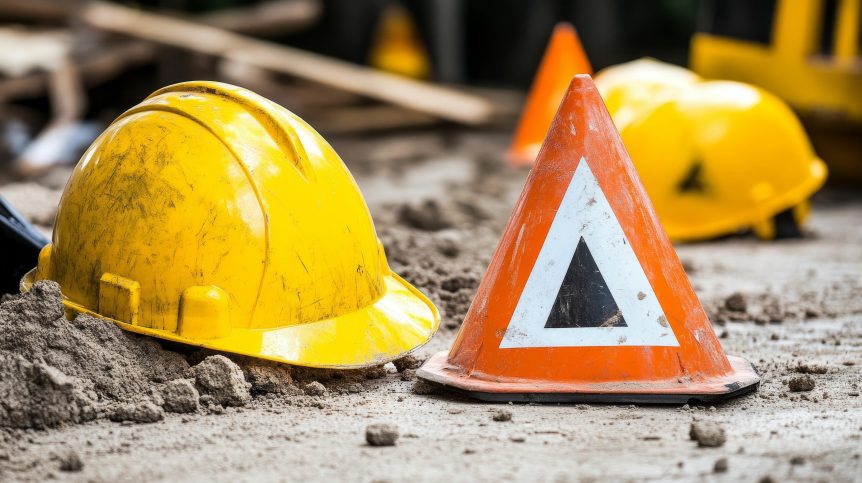Working with concrete brings numerous challenges and hazards that can compromise the safety of your construction workforce. Recognizing these hazards and implementing strategies to mitigate them is crucial for maintaining a safe workplace. Below, we delve into the top five concrete safety hazards and offer essential tips to protect your employees.
1. Slip, Trip, and Fall Hazards
Concrete work environments are often slick, especially when the material is wet. These conditions significantly increase the risk of slips, trips, and falls.
Prevention Tips:
- Maintain clean and organized work areas.
- Immediately clean up spills and mark wet areas.
- Use anti-slip footwear.
2. Heavy Equipment Accidents
The use of heavy machinery is commonplace on concrete job sites. Mistakes in handling can lead to serious injuries.
Prevention Tips:
- Provide comprehensive training for equipment operators.
- Establish clear safety protocols around machinery.
- Ensure regular maintenance and checks of all equipment.
3. Dust Exposure
Concrete dust contains crystalline silica, which can cause serious respiratory problems upon inhalation.
Prevention Tips:
- Use water delivery systems to minimize dust during cutting or grinding.
- Provide personal protective equipment (PPE) such as respirators.
- Implement proper ventilation systems in enclosed areas.
4. Musculoskeletal Injuries
Handling, mixing, and applying concrete can put significant strain on the body, leading to musculoskeletal injuries.
Prevention Tips:
- Encourage the use of mechanical aids for heavy lifting.
- Train workers in proper lifting techniques.
- Promote regular breaks to reduce strain.
5. Hazardous Materials
Concrete work involves exposure to hazardous materials, including additives and cleaning agents, which can be harmful upon contact or inhalation.
Prevention Tips:
- Provide appropriate PPE, such as gloves and eye protection.
- Train employees on the proper handling of hazardous substances.
- Ensure proper labeling and storage of all chemicals.
Conclusion
By acknowledging these top safety hazards in concrete work and implementing the recommended preventive measures, you can significantly reduce the risks and protect your workforce. Safety should always be the priority on any construction site, and taking proactive steps towards minimizing hazards is essential for a healthy and productive working environment.

